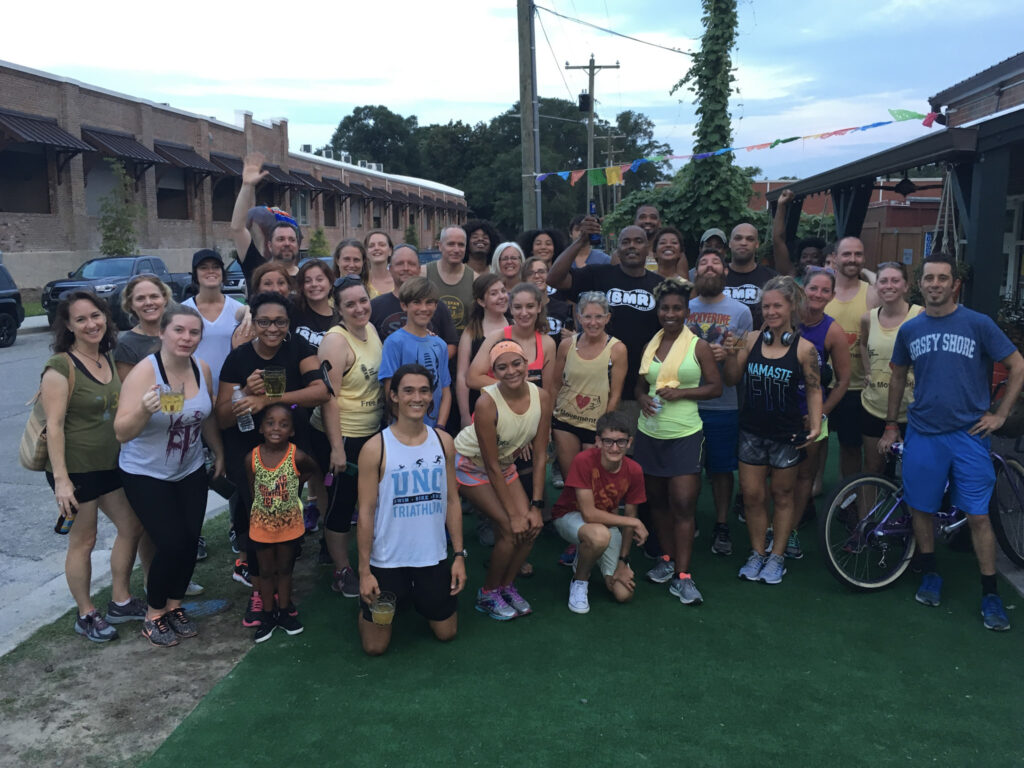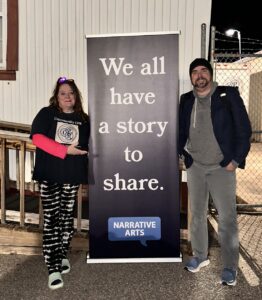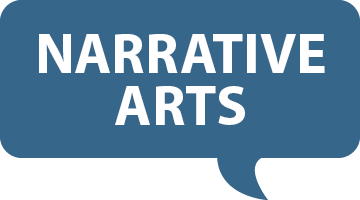Blog
Connection Is a Practice: What We’re Learning from Coastal Communities

Last week, we shared how Coastal Connections took shape: story circles, friendship interviews, shared meals, and an immersive audio-visual installation that traveled to a local diner in Columbus County. It was an experiment in building social infrastructure through story—an effort to make the invisible visible and the isolated less alone.
As part of developing the Coastal Connections installation, we invited pairs of longtime friends to sit across from each other and talk—freely, without prompts about the arc of their relationship. They recalled childhood memories, revisited moments of joy and loss, and reflected on what it means to be truly known by another person.
These conversations, captured on camera and shared in edited form, became a kind of emotional backbone for the project. What emerged wasn’t spectacle—it was resonance. A quiet call and response of shared lives: one friend’s story triggering another, their voices stitching together the small, essential moments that make up a life. At a time when many Americans report having fewer close confidants and declining trust in others, these dialogues reminded us that personal relationships aren’t just personal—they are public goods. They form the social architecture of resilience. And when these stories are placed back into shared community spaces—through sound, image, and design—they don’t just reflect connection. They help create it. This is the power of place: not just where something happens, but where meaning gathers.

Participants in Narrative Arts’ weekly running and walking group gathered in Wilmington, N.C., in 2017.
The research underscores that social connections are not merely beneficial—they are vital to our health. According to the Robert Wood Johnson Foundation, limited social connection increases the risks of developing heart disease by 29% and stroke by 32%. Moreover, social isolation is associated with higher risks of depression, cognitive decline, and even premature death (1).
The arts have a unique capacity to foster these essential connections. Creative community initiatives can reduce social isolation and enhance residents’ sense of belonging (2). By bringing people together through shared experiences, arts-based programs like Coastal Connections can strengthen the social fabric that supports individual and collective well-being.
As our work has continued in New Hanover County and beyond, we’ve observed that the form of connection varies with context. In some communities, the lack of social connection manifests as grief; in others, as disaffection or quiet longing. Yet, in every space, people are eager to be heard—and to listen in return.
This phase of our work has deepened our understanding of what it means to “return stories to the community.” It’s not about presenting voices in isolation but about creating a feedback loop where community members see their realities reflected, prompting them to respond, expand, or reframe their narratives.
At a recent event, a participant shared: I didn’t expect to hear myself in someone else’s words. But I did. And it mattered.
Such responses stem not just from content but from care—from crafting environments where people feel comfortable lingering, where headphones foster intimacy, where food encourages conversation, and where neighbors discuss not only challenges but also possibilities.
Understanding Is a Form of Preparedness
In regions frequently facing storms, displacement, and systemic inequities, resilience is often discussed. But resilience isn’t merely about bouncing back; it’s about holding together. And holding together necessitates understanding.
Our experiences affirm that deep listening cultivates more than empathy—it builds readiness. When individuals comprehend each other’s experiences across diverse backgrounds, they begin to perceive themselves as part of a shared community. This collective identity becomes a crucial resource during crises.
Understanding doesn’t eliminate differences; it accommodates them. When communities foster mutual recognition, they become more stable, adaptable, and cohesive.
Designing for Connection, Not Isolation
Our work is influenced by the environments we inhabit—how we navigate our neighborhoods, where we pause, and what we share.
Research indicates that minor design modifications can significantly impact interpersonal relationships. For instance, lowering backyard fences can lead to increased spontaneous interactions among neighbors. Shared spaces like porches, courtyards, and dog parks encourage frequent, low-pressure encounters that gradually build social trust.
Urban planners and public health experts have long recognized that communities with accessible gathering spaces—such as parks, libraries, and walking paths—exhibit higher levels of civic trust, physical health, and neighborly support. These are not merely aesthetic choices; they are strategic social investments.
In essence, when communities are designed to facilitate connection, people naturally connect. This outcome isn’t coincidental; it’s structural. Such intentional design is essential for reversing isolation and reinforcing our social fabric.

Wallyce Todd of Community CPR and Nick Szuberla of Narrative Arts stand together after facilitating a story circle in Whiteville, N.C
We’re now planning new gatherings in Wilmington and adapting the project for various settings, including parks, clinics, and faith centers. Our team continues to collaborate with local organizers and artists who deeply understand these communities and recognize that trust is cultivated over time, not delivered through press releases.
We’re also confronting challenging questions: How can we enhance the accessibility of our work? How do we address the difficult stories that emerge? And how can we transition from storytelling to sustained action?
This work is ultimately about connection as a civic responsibility. Building relationships is not a side project to public health—it is central to it. And for that, we need more than stories. We need sustained presence, shared space, and structures that invite people back into relationships with one another.
Coastal Connections is part of a broader initiative—Narrative Arts’ Community Connections program—aimed at bridging storytelling and public health across the coastal South. It’s founded on the belief that stories aren’t peripheral to change; they are the genesis of it.
Footnotes:
